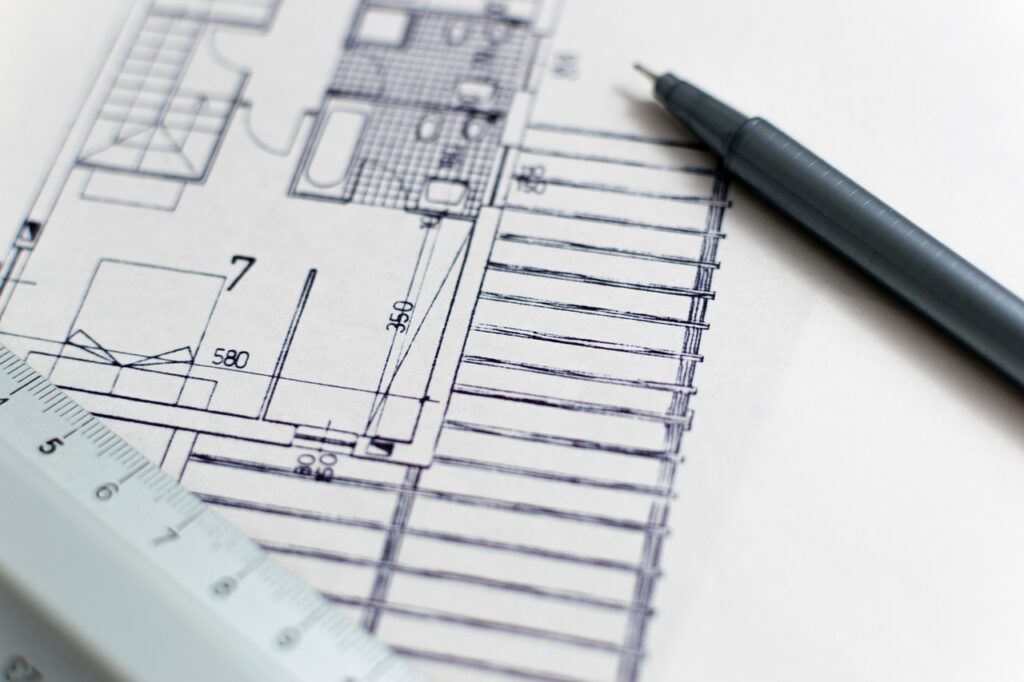
A steel truss and an Open Web Steel Joist (OWSJ) are both structural elements used in construction, but they differ in design, application, and construction.
1. Steel Truss:
– Design: Steel trusses are frameworks typically consisting of triangular units made up of straight members connected at joints called nodes. These units distribute loads across the structure.
– Components: Composed of chords (the outer members) and webs (the inner members).
– Applications: Used in a variety of structures such as bridges, buildings, and towers. They are versatile and can be designed to support substantial loads over long spans.
– Customization: Highly customizable to fit specific design requirements and load conditions.
2. Open Web Steel Joist (OWSJ):
– Design: OWSJs are a type of lightweight steel truss used primarily for floor and roof supports. They feature an open web design, which uses diagonal steel bars or rods to connect the upper and lower chords.
– Components: Made of a top chord, bottom chord, and a web consisting of diagonal members.
– Applications: Commonly used in commercial, industrial, and some residential construction for floor and roof systems where lighter loads are expected.
– Standardization: Manufactured in standardized sizes and configurations, which makes them easier to produce and install but less customizable compared to traditional steel trusses.
Key Differences:
– Design Flexibility: Steel trusses offer greater design flexibility and can be tailored to specific structural needs, whereas OWSJs come in standardized forms.
– Weight and Materials: OWSJs are lighter and use less material due to their open web design, which makes them cost-effective for certain applications.
– Usage: Steel trusses are suitable for a broader range of applications, including heavy industrial and large-span structures, while OWSJs are typically used for lighter roof and floor systems.
Both systems have their specific advantages and are chosen based on the requirements of the project.










